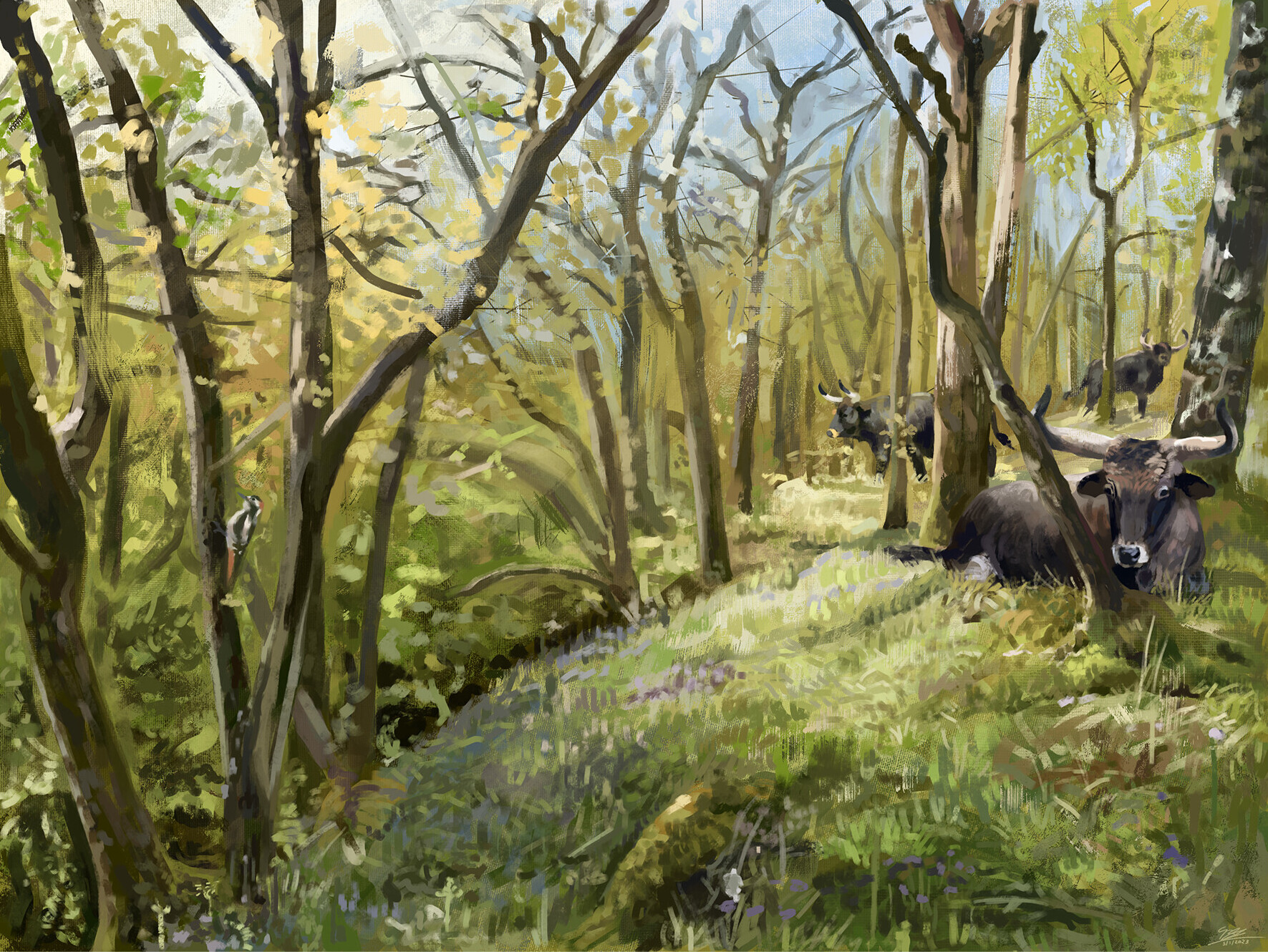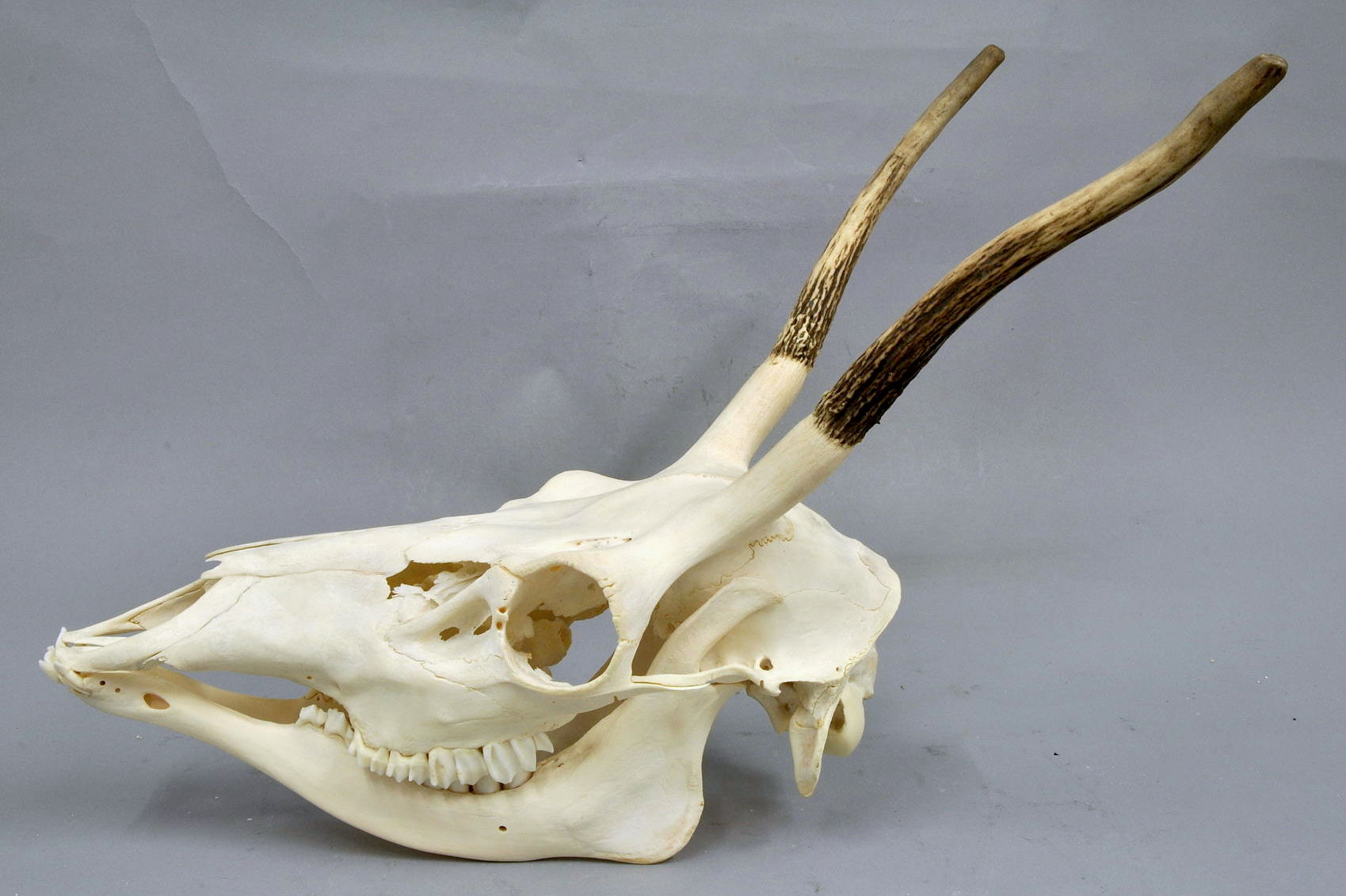|
History Of Alsace
The history of Alsace has been influenced by the Rhine and its tributaries, a favorable climate, fertile loess soils, and the region's relative accessibility through and around the Vosges. It was first inhabited by early modern humans during the Paleolithic. Peoples speaking Celtic and Germanic languages occupied the region prior to its conquest by Roman armies under the command of Julius Caesar. In the centuries after the fall of Rome the area acquired its name and identity as an early medieval pagus. Since then, suzerainty and effective control have shifted among competing European powers, including the Kingdom of Alamannia, the Frankish Empire, Lotharingia, the Holy Roman Empire, France, and the German Empire. Alsace has remained part of France since the end of the Second World War. Paleolithic and Mesolithic Alsace The earliest evidence of hominids in Alsace dates to 700,000 BP. Neanderthals were established in the region by 250,000 BP. Important Neanderthal archaeological s ... [...More Info...] [...Related Items...] OR: [Wikipedia] [Google] [Baidu] |
Alsace
Alsace (, ; ) is a cultural region and a territorial collectivity in the Grand Est administrative region of northeastern France, on the west bank of the upper Rhine, next to Germany and Switzerland. In January 2021, it had a population of 1,919,745. Alsatian culture is characterized by a blend of German and French influences. Until 1871, Alsace included the area now known as the Territoire de Belfort, which formed its southernmost part. From 1982 to 2016, Alsace was the smallest administrative in metropolitan France, consisting of the Bas-Rhin and Haut-Rhin Departments of France, departments. Territorial reform passed by the French Parliament in 2014 resulted in the merger of the Alsace administrative region with Champagne-Ardenne and Lorraine to form Grand Est. On 1 January 2021, the departments of Bas-Rhin and Haut-Rhin merged into the new European Collectivity of Alsace but remained part of the region Grand Est. Alsatian dialect, Alsatian is an Alemannic German, Alemannic ... [...More Info...] [...Related Items...] OR: [Wikipedia] [Google] [Baidu] |
German Empire
The German Empire (),; ; World Book, Inc. ''The World Book dictionary, Volume 1''. World Book, Inc., 2003. p. 572. States that Deutsches Reich translates as "German Realm" and was a former official name of Germany. also referred to as Imperial Germany, the Second Reich or simply Germany, was the period of the German Reich; . from the unification of Germany in 1871 until the German revolution of 1918–1919, November Revolution in 1918, when the German Reich changed its form of government from a monarchy to a Weimar Republic, republic. The German Empire consisted of States of the German Empire, 25 states, each with its own nobility: four constituent Monarchy, kingdoms, six Grand duchy, grand duchies, five Duchy, duchies (six before 1876), seven Principality, principalities, three Free imperial city, free Hanseatic League, Hanseatic City-state, cities, and Alsace–Lorraine, one imperial territory. While Prussia was one of four kingdoms in the realm, it contained about two-thirds ... [...More Info...] [...Related Items...] OR: [Wikipedia] [Google] [Baidu] |
Aurochs
The aurochs (''Bos primigenius''; or ; pl.: aurochs or aurochsen) is an extinct species of Bovini, bovine, considered to be the wild ancestor of modern domestic cattle. With a shoulder height of up to in bulls and in cows, it was one of the largest herbivores in the Holocene; it had massive elongated and broad horns that reached in length. The aurochs was part of the Pleistocene megafauna. It probably evolved in Asia and migrated west and north during warm interglacial periods. The oldest-known aurochs fossils date to the Middle Pleistocene. The species had an expansive range spanning from Western Europe and North Africa to the Indian subcontinent and East Asia. The distribution of the aurochs progressively contracted during the Holocene due to habitat loss and hunting, with the last known individual dying in the Jaktorów forest in Poland in 1627. There is a long history of interaction between aurochs and humans, including archaic hominins like Neanderthals. The aurochs ... [...More Info...] [...Related Items...] OR: [Wikipedia] [Google] [Baidu] |
Wild Boar
The wild boar (''Sus scrofa''), also known as the wild swine, common wild pig, Eurasian wild pig, or simply wild pig, is a Suidae, suid native to much of Eurasia and North Africa, and has been introduced to the Americas and Oceania. The species is now one of the widest-ranging mammals in the world, as well as the most widespread Suina, suiform. It has been assessed as least concern on the IUCN Red List due to its wide range, high numbers, and adaptability to a diversity of habitats. It has become an invasive species in part of its introduced range. Wild boars probably originated in Southeast Asia during the Early Pleistocene and outcompeted other suid species as they spread throughout the Old World. , up to 16 subspecies are recognized, which are divided into four regional groupings based on skull height and lacrimal bone length. The species lives in matriarchal societies consisting of interrelated females and their young (both male and female). Fully grown males are usually s ... [...More Info...] [...Related Items...] OR: [Wikipedia] [Google] [Baidu] |
Red Deer
The red deer (''Cervus elaphus'') is one of the largest deer species. A male red deer is called a stag or Hart (deer), hart, and a female is called a doe or hind. The red deer inhabits most of Europe, the Caucasus Mountains region, Anatolia, Iran, and parts of western Asia. It also inhabits the Atlas Mountains of Northern Africa, being the only living species of deer to inhabit Africa. Red deer have been introduced to other areas, including Australia, New Zealand, the United States, Canada, Peru, Uruguay, Chile and Argentina. In many parts of the world, the meat (venison) from red deer is used as a food source. The red deer is a ruminant, characterized by a four-chambered stomach. Genetics, Genetic evidence indicates that the red deer, as traditionally defined, is a species group, rather than a single species, though exactly how many species the group includes remains disputed. The ancestor of the red deer probably originated in central Asia. Although at one time red deer were ... [...More Info...] [...Related Items...] OR: [Wikipedia] [Google] [Baidu] |
Oberlarg
Oberlarg is a commune in the Haut-Rhin department in Alsace in north-eastern France. Population See also * Communes of the Haut-Rhin department The following is a list of the 366 Communes of France, communes of the French Departments of France, department of Haut-Rhin. The communes cooperate in the following Communes of France#Intercommunality, intercommunalities (as of 2025): References Communes of Haut-Rhin {{HautRhin-geo-stub ...[...More Info...] [...Related Items...] OR: [Wikipedia] [Google] [Baidu] |
Entzheim
Entzheim (; ) is a commune, in the Bas-Rhin department in Grand Est in north-eastern France. The Strasbourg Airport is located in the commune. Climate The climate is oceanic (Köppen: ''Cfb''), more extreme than most other French cities. Population Education A preschool (''école maternelle'') and an elementary school are located in the commune. Economy Entzheim serves as the headquarters of sportswear and equipment company Le Coq Sportif. Archeological sites Excavations at the Entzheim-Geispolsheim archaeological site allowed the discovery of approximately fifty Neolithic burials. History The village of Entzheim was first mentioned in 736, under the reign of Pepin the Short. It belonged to the Murbach abbey, part of the great abbey of Saint-Denis. The village was granted in fief to the Duke of Lorraine. The village endured the Thirty Years' War, then the Franco-Dutch War, with the Battle of Entzheim on 4 October 1674, between Turenne's army and that of the I ... [...More Info...] [...Related Items...] OR: [Wikipedia] [Google] [Baidu] |
Achenheim
Achenheim (; ) is a commune in the Bas-Rhin department and Grand Est region of north-eastern France. The village, which is in the arrondissement of Strasbourg and the canton of Lingolsheim lies close to the Canal de la Bruche and to the departmental road connecting Soultz-les-Bains to Strasbourg. History The oldest traces of human habitation in Alsace – tools used by Homo erectus in the Paleolithic era some 700,000 years ago – have been found in loess deposits at Achenheim. In 1264 the village was burnt down by forces from Strasbourg during the war between the city and its bishop, Walter de Geroldseck. Waterways * Canal de la Bruche * Bruche River Administration Population See also * Communes of the Bas-Rhin department The following is a list of the 514 communes of the Bas-Rhin department of France. The communes cooperate in the following intercommunalities (as of 2025): [...More Info...] [...Related Items...] OR: [Wikipedia] [Google] [Baidu] |
Aurignacian
The Aurignacian () is an archaeological industry of the Upper Paleolithic associated with Cro-Magnon, Early European modern humans (EEMH) lasting from 43,000 to 26,000 years ago. The Upper Paleolithic developed in Europe some time after the Levant, where the Emiran, Emiran period and the Ahmarian, Ahmarian period form the first periods of the Upper Paleolithic, corresponding to the first stages of the expansion of ''Homo sapiens'' out of Africa. They then migrated to Europe and created the first European culture of modern humans, the Aurignacian. The Proto-Aurignacian and the Early Aurignacian stages are dated between about 43,000 and 37,000 years ago. The Aurignacian proper lasted from about 37,000 to 33,000 years ago. A Late Aurignacian phase transitional with the Gravettian dates to about 33,000 to 26,000 years ago. The type site is the Cave of Aurignac, Haute-Garonne, south-west France. The main preceding period is the Mousterian of the Neanderthals. One of the oldest exa ... [...More Info...] [...Related Items...] OR: [Wikipedia] [Google] [Baidu] |
Bruche (river)
The Bruche () is a river in Alsace, in north-eastern France. It is a left-side tributary of the Ill, and part of the Rhine basin. It is 76.7 km long, and has a drainage basin of 720 km2. Its source is in the , at the western foot of the mountain Climont, near the village of Bourg-Bruche. It flows through the towns |
Mutzig
Mutzig ( or ; ) is a Communes of France, commune in the Bas-Rhin Departments of France, department in Grand Est, in north-eastern France. The commune of Mutzig is located at the entrance of the Bruche (river), Bruche river valley, on the Route des Vins d'Alsace. History Evidences of human activities can be traced back to the Paleolithic era with the recent discovery of Neanderthal artifacts. The town Mutzig was first mentioned in the 10th century. It became part of the Prince-Bishopric of Strasbourg in 1308. In the 19th century, several industries were established in Mutzig among which a weapon manufactory on the grounds of the former castle of the Cardinal de Rohan. In 1893, when Alsace-Lorraine, Alsace was part of the German Empire, Kaiser Wilhelm II ordered the construction of a fort, the Fort de Mutzig, Feste ... [...More Info...] [...Related Items...] OR: [Wikipedia] [Google] [Baidu] |




